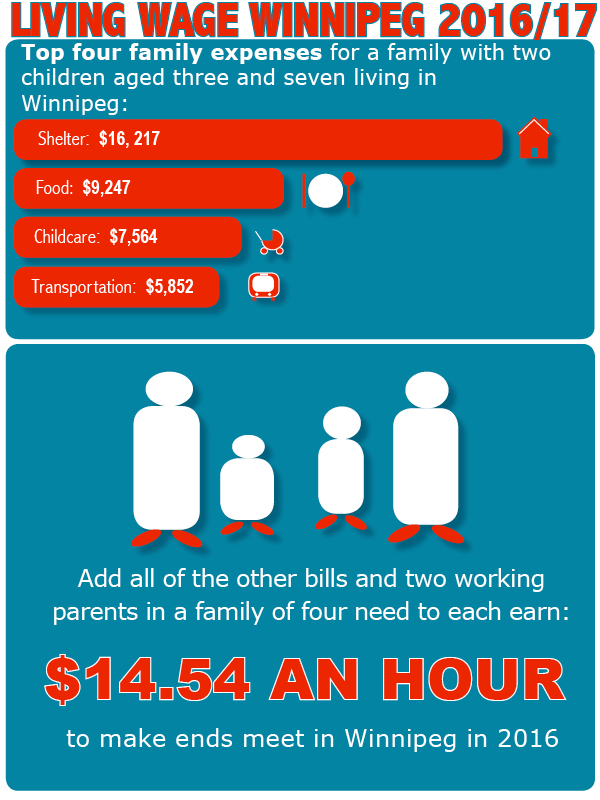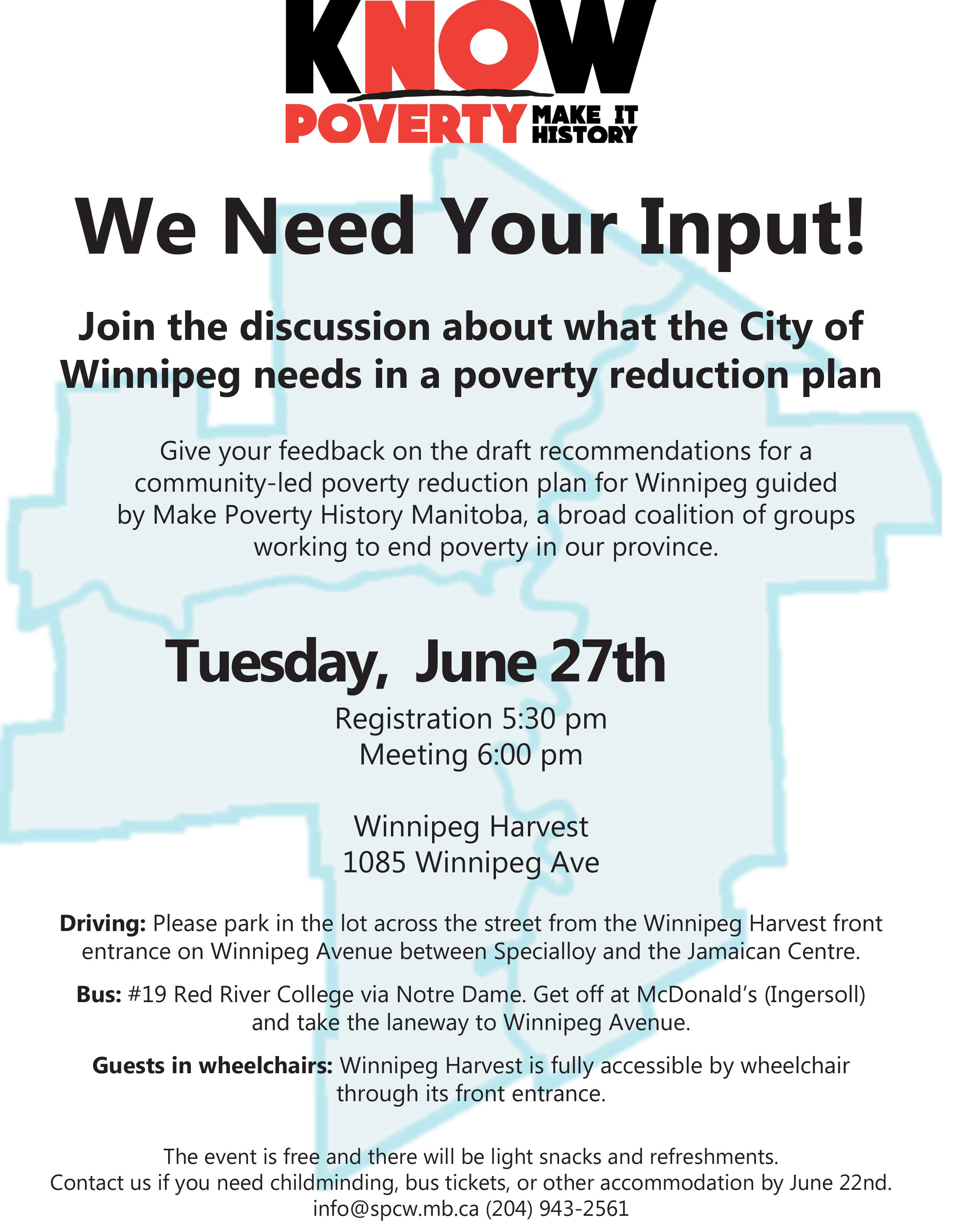Jon Young and Brian O’Leary
Introduction1
High quality public schooling is an expensive commitment. In Manitoba the operating costs for the 2015-16 school year was $2.24 billion, which translates to an average per pupil operating cost of $12,537 (Manitoba Education and Training, 2017). In May of this year the Minister of Education and Training, Ian Wishart, announced plans to initiate a full-scale, long-term, review of education funding in the province. This short Fastfacts seeks to contribute to the review by suggesting three overarching themes to guide it: the importance of education as a public good; the importance of avoiding any drift towards a two-tiered public school system in the province; and, the importance of spending available resources wisely. 2
By Molly McCracken
Last week I was chatting with my uncle, a retiree on a fixed income, about the health service cuts at the Winnipeg Regional Health Authority. He said “if the deficit is $83 million, why doesn’t everyone just paid a bit more in taxes and then cuts would not be required?” With consideration for one’s ability to pay, why not indeed?
By Carlos Sosa
In April of 2017, it was announced that there would be dramatic changes in the way that healthcare would be delivered in Manitoba. One of the biggest users of the healthcare system are marginalized populations who live in poverty especially persons with disabilities and seniors. The changes that were announced include the closures of Seven Oaks, Concordia, Victoria Hospital emergency rooms and Misericordia urgent care centre in Winnipeg. With plans for the Seven Oaks and Victoria Hospital emergency rooms to be converted into urgent care centres. As a person with a disability and Elmwood resident, I immediately had concerns regarding how this short-sighted decision will have a detrimental impact on marginalized communities in North East Winnipeg. In my area people living in poverty which includes persons with disabilities face many barriers when it comes to accessing healthcare. The changes announced further complicate the barriers to the medical system that people living in poverty and with disabilities encounter on a daily basis.
First published in the Winnipeg Free Press Friday July 14, 2017
By Lynne Fernandez and Ian Hudson
In March of 2017, the Premier claimed that for every one per cent the province lowered (or didn’t raise) wages for 120,000 provincial public sector workers, it would save $100 million. This simple calculation provides grist for Bill 28, The Public Services Sustainability Act which mandates all those who employ provincial public sector workers to hold future increases to zero per cent for the first two years of a new contract, no more than 0.75 per cent for the third year, and no more than 1.0 per cent for the fourth.
By Lynne Fernandez
Notwithstanding stable economic growth and consistently low unemployment, poverty remains a problem in Manitoba. In 2014, 11 per cent of Manitobans lived in low income. That’s down from 11.8 per cent in 2011, however child poverty continues to be stubbornly high, with the 2014 rate at 16.2 per cent.
Winnipeg: The most recent living wage for Winnipeg, Brandon and Thompson will be released on Thursday June 29th at 12:00 at the Social Enterprise Centre, second floor 765 Main St. by economist Lynne Fernandez.
The Living Wage is a regional calculation based the amount that a family of four needs to earn to meet basic expenses. The living wage is based on the local cost of rent, groceries, transportation, child care and extended health care. It does not include debt repayment, pension or long term savings.
A living wage addresses child poverty and is an opportunity for employers to do better than pay the legislated minimum wage. The living wage takes into account government transfers and demonstrates how public policy in areas like housing and child care can positively impacts families.
The living wage calculation is a standard calculation used by the offices of the Canadian Centre for Policy Alternatives.
The most recent update in 2013 found the living wage for Winnipeg as $14.07/ hour, Brandon as $13.41/ hour and Thompson as $13.46/ hour. Join us this Thursday at 12:00 noon to learn how much it has increased.
Directions to the Social Enterprise Centre, 765 Main St.
http://www.secwpg.com/contact/
Join us at noon on Thursday June 29th at the Social Enterprise Centre at 765 Main St for the Living Wage Report for Manitoba.
12:00 – 1 pm






Follow us!